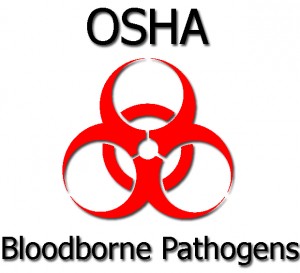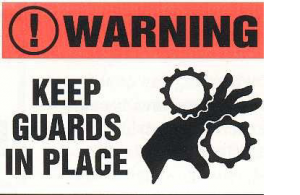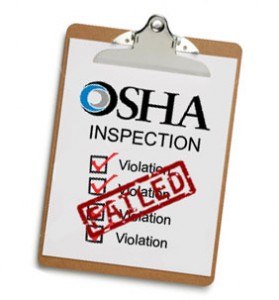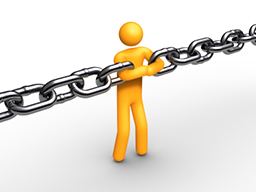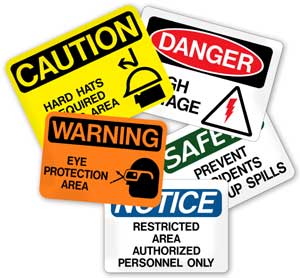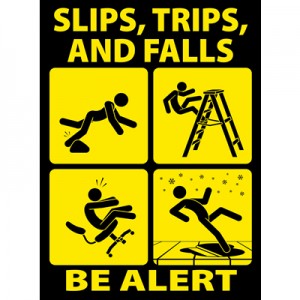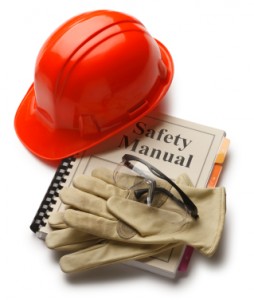 There are five major elements of an effective SHMS:
There are five major elements of an effective SHMS:
a) Management Commitment and Planning – Top management must provide visible ongoing commitment and leadership for implementing the SHMS covering all workers, including contract workers.
b) Employee Involvement – The best SHMSs involve employees at every level of the organization. Employees are often those closest to the hazard and have first-hand knowledge of workplace hazards.
c) Worksite Analysis – Worksite Analysis is a comprehensive evaluation of the hazards and potential hazards in your workplace.
d) Hazard Prevention and Control – Effective management actively establishes procedures for timely identification, correction, and control of hazards. Once hazards and potential hazards are recognized, a hazard prevention and control program can be designed.
e) Safety and Health Training – Training is the means to help assure employees and management understand safety and health hazards in the workplace and know how to protect themselves and others from the hazards while doing their job.
 It may seem obvious but health and safety in the workplace is extremely important, not only because it protects employees, but also because productivity increases when workers are happy and healthy. In addition, there are laws that protect employees and require training. Employers should ensure their workplace is free of hazards for their work environment and set up training programs so everyone is aware of company policies and best practices.
It may seem obvious but health and safety in the workplace is extremely important, not only because it protects employees, but also because productivity increases when workers are happy and healthy. In addition, there are laws that protect employees and require training. Employers should ensure their workplace is free of hazards for their work environment and set up training programs so everyone is aware of company policies and best practices.
